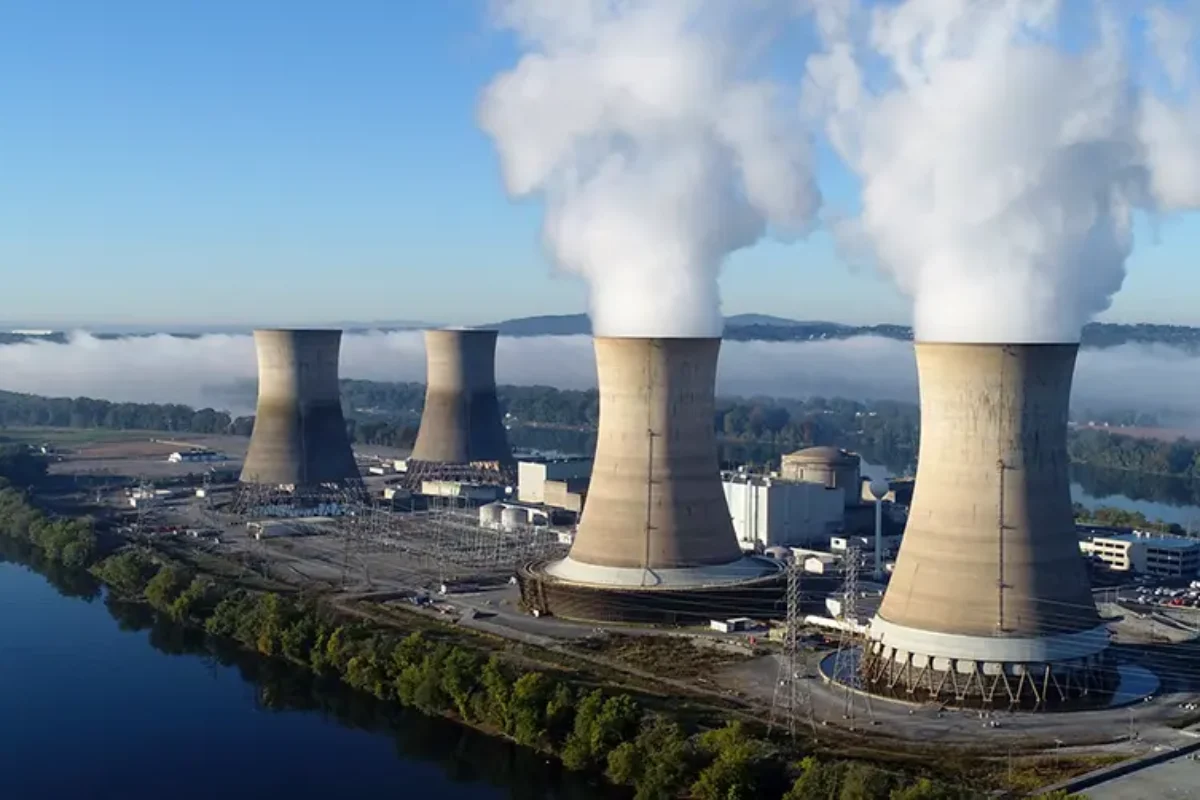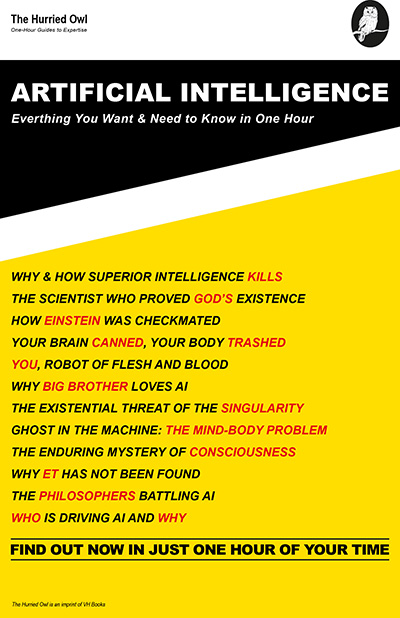How Silicon Valley Strikes Out, Dumps VC Funds, and Woos You
Kissing Frogs
The job of venture capital (VC) fund managers involves making out with lots of frogs in the expectation that at least one of them turns into a prince(ss). VC funds are usually spread thin and wide to increase the likelihood of finding a princeling, raising him/her to rule over a given hill, before releasing their king to the market.
VC funds have enjoyed a great ride with a powerful business model that not only provided good returns but one with significant benefits to society as well. VC brings innovation and enables bright minds and lateral thinkers to prosper. Its absence is often mentioned to explain the dearth of tech champions in Europe.
Apart from a few tech welterweights such as SAP (enterprise software) and Spotify (streaming), Europe’s tech champions are but minions. Even a lucrative niche giant such as Dutch ASML, manufacturer of the world’s most advanced chipmaking machines, fails to impress. Its $320 billion market cap is less than half that of Tesla’s ($746 billion), the smallest of the US ‘Magnificent Seven’.
The aggregate value of those seven US tech behemoths is about twenty times higher than that of Europe’s seven largest tech firms. The disparity offers food for thought – and a warning, if only because VC is becoming yesterday’s news and no longer sits in the driver’s seat.
AI Hype
Apart from text, images, sound, and suggestions, artificial intelligence (AI) produces a great deal of hype. To do so, it needs vast amounts of energy and capital. Microsoft just announced its takeover of the Three Mile Island nuclear power plant, infamous for the 1979 partial meltdown of its Unit 2 reactor. Constellation Energy, the plant’s operator, is set to restart the facility’s sole remaining reactor under a twenty-year deal to provide Microsoft with 853MW of clean energy. The company is to invest $1.5 billion to bring the Unit 1 reactor, shuttered in 2019, back online.
If anything, the deal illustrates the vast amounts of ready cash needed to develop, train, and power artificial intelligence. The insatiable demand of AI for cash and computing power outstrips, by far, the capacity of VC funds that are geared to meet the more modest demands of individual geniuses or clusters of nerds looking for ways to swap their proverbial garage for hip and trendy office space.
However, in the era of generative-ai capital is required on a much grander scale than VC can deliver. It demands investment volumes that can only be furnished by big tech itself – the Magnificent Seven. Moreover, AI also needs computing power which, as it happens, is precisely what made this septet acquire its heft.
OpenAI is currently in talks to secure an additional $6.5 billion from investors. Though that sum may not appear to be overly impressive, if the maker of ChatGPT succeeds, it would give rise to only the second ‘hectocorn’ (as opposed to unicorn and decacorn) – a startup valued at over $100 billion – to emerge from Silicon Valley. The first one to do so was, of course, Elon Musk’s SpaceX.
VC Outgunned
VC funds not only operate on a smaller scale, they also have difficulty in understanding how AI may be scaled up and grasping how it may be monetised. The big boys have fewer qualms or concerns. Take Microsoft: it doesn’t lose any sleep over funding, scaling, or monetising artificial intelligence. The company only feels that it needs to stake its claim in this space. Microsoft reportedly invested upwards of $13 billion in OpenAI. It did so on a hunch and in an attempt, pretty successful so far, to shed its status as a technology laggard.
Over the years, Microsoft had been pushed from the forefront of technology as it was coasting on the corporate inertia provided by three of its core products: Windows, Office, and Azure. By establishing a paternal relationship with OpenAI, initially a nonprofit, it hoped to leapfrog over rivals like Amazon and Google.
Before long, OpenAI had become the centrepiece of Microsoft’s strategy for the future – and the lynchpin in bringing AI to the masses. The synergy worked wonders. Whereas upon the launch of ChatGPT, in late 2022, OpenAI had about fourteen million daily users, Microsoft contributed an additional 900 million or so.
Money Talks
Currently the Microsoft/OpenAI tandem is engaged in a huge publicity campaign to emphasise benevolent side of AI, including a five-part Netflix series that debuted last week. In What’s Next: The Future with Bill Gates viewers cannot help but get infected by the excitement of the Microsoft founder. Mr Gates comes across as a truly good man who is enthralled, almost child-like, by AI and the boundless possibilities for societal good it harbours within.
It must be admitted that Mr Gates is to be much preferred over his fellow billionaires such as Elon Musk, Peter Thiel, Mark Zuckerberg, and Jeff Bezos. At least Mr Gates is unafraid to display his human side. He needs no grandstanding or theatrics to impress and remains a mensch.
Microsoft’s publicity push was sparked by the abrupt dismissal, in November 2023, of OpenAI CEO Sam Altman by his company’s board of directors. He lost his seat, albeit temporarily, during a brief and ill-fated uprising of the ‘AI Doomers’ on OpenAI’s board, the very people hired to ensure the alignment of AI development with human values.
Offering the ultimate proof that money – not ethics – calls the shots, Mr Altman was reinstated only three days after his ousting. In the days and weeks that followed the failed coup, the putschists were duly purged from the board.
Kevin Scott, the Microsoft chief technology officer and architect of the hookup with OpenAI, appreciated the concerns of ‘doomers’ such as Ilya Sutskever, OpenAI’s chief scientist and board member (since removed) who dared ask existential questions such as ‘should we allow AI to flood communication channels with propaganda and assorted garbage’ and ‘should we risk losing control of out civilisation?’
Positive Swing
Though Mr Scott respected these concerns, he did worry that the discourse around AI had moved too close to science-fiction-like doomsday scenarios. He also felt that AI’s more benevolent side, such as its purported ability to ‘level the playing field’ as a great equalising force, was being ignored or underreported. Without diving into semantics; since the dawn of humanity, every new and disruptive technology has been touted as possessing such properties. The “awakening of AI” as reported by Mr Gates on Netflix is no different.
In the Netflix documentary, Mr Gates show a similar tendency to extoll AI for its great potential in healthcare and education, empowering the very people left behind by earlier iterations of disruptive progress. Having a particular and most laudable interest in education, Mr Gates seems unaware of what is taking place at many schools and colleges in the US and elsewhere.
Academic researchers have found that in the US around forty percent of high school and college students outsource their homework assignments to AI whilst, in turn, more than half of their (overworked and underpaid) teachers entrust the grading and annotation of said assignments to bots. Thus, education is in danger of being reduced to a chat between two pseudo-intelligent bots.
Whenever and wherever gains in efficiency and convenience appear on the horizon, another sliver is shaved off the human dimension. That has been true for centuries and is, as such, not an alarming trait of progress. What is, however, most alarming is that AI speeds up this process and thereby threatens the livelihood of millions.
Dr Moureau
It is crucially important to understand that Messrs Gates and Scott or the people at OpenAi and similar outfits are decidedly not the evil geniuses some of the more paranoid amongst us hold them to be. These are not ‘lizard-people’ or reincarnations of evil geniuses like Dr Moureau, plotting sinister plans to ‘uplift’ society to a higher intelligence.
Reality is much more prosaic and has the developers, financiers, and advocates of artificial intelligence merely chasing profits by establishing a secure beachhead in an new and promising segment of the market. However much we all can and must admire the immense philanthropic endeavours of Mr Gates, the idea that AI is meant to deliver humanity from suffering and want, and usher in an all-play-no-work utopia, is downright ludicrous, if not preposterous to the nth degree.
Still, developments in the AI space are quite interesting. The Magnificent Seven, sitting on an unimaginably large pile of ready cash and in possession of equally outsized tech platforms, are deploying their wherewithal to bind, capture, and seize all things AI and add that bounty to their XXXL corporate heft, crowding out newcomers and acquiring the political and societal capital needed to thwart attempts at regulation and prevent antitrust action. After all, a pie divided by seven does not a monopoly constitute.
Superlatives
To get an idea of the awesome firepower the Magnificent Seven can deploy: last year, the combined free cash flow generated by Alphabet (Google), Amazon, Apple, Meta, Microsoft, Nvdia, and Tesla amounted to a rather whopping $309 billion – a 34% jump over 2022. By comparison, the 474 VC funds registered in the US in 2023 managed to add just $67 billion to their investment pool.
With apologies to Mr Scott, the affable Microsoft chief technology officer, current developments and trends do not bear out his optimism or, indeed, justify it. Quite the contrary. We stand at the beginning of a trajectory that may well lead to a dystopia such as portrayed in countless SF films in which the world is ruled, bound, and gagged by a single omnipresent, omniscient, and omnipotent corporate entity that started out benignly enough by promising to deliver mankind from pain and want. Perhaps something about the pavement of the road to hell?
Cover photo: Back in business: the Three Mile Island nuclear power plant gets a second lease on life with a deal to provide Microsoft with 853 MW of clean power.
© 2019 Photo by Constellation Energy


